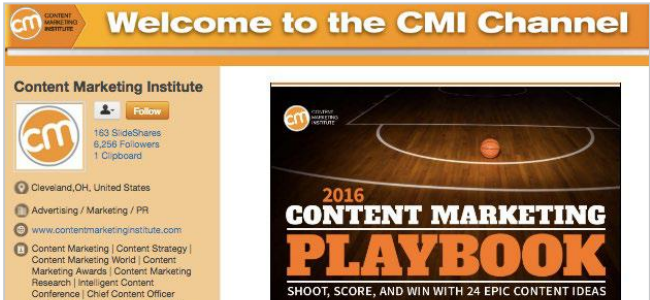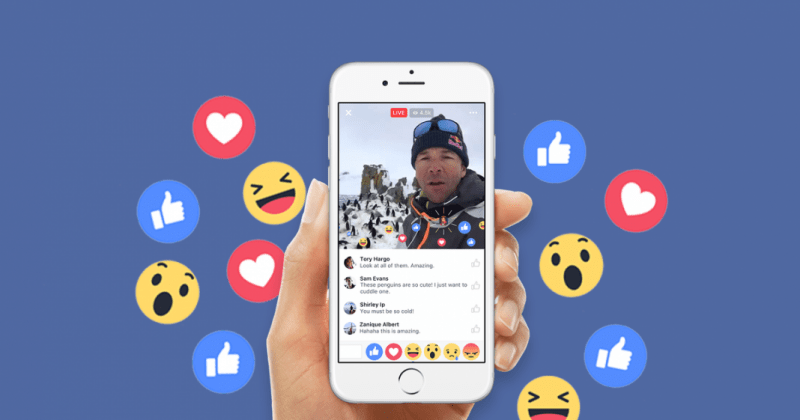Your content will be driven by the target personas you are trying to reach on your social channels and your objectives for each stage of the customer lifecycle.
Based on your assessment in the earlier chapter on personas, you should have a solid understanding of what tone, style, and delivery strategies to use. Are you targeting practitioners on a specific social channel? Perhaps you will want to use a conversational, prescriptive voice on Twitter or Facebook. Are you trying to reach executives? In this case, you may want to use a formal voice on a professional network, such as LinkedIn.
Whoever your target audience is, it’s important for you to understand what objectives each piece of content helps you achieve in engaging with buyers throughout the customer lifecycle. Does a particular asset help increase brand affinity? You may want to promote that post both organically and through paid promotion to increase its reach and achieve your objectives— brand awareness and affinity. Is an asset aimed at being educational and useful? Perhaps it should be promoted to audiences who have interacted with your brand before.
ARE YOU CREATING CONTENT THAT EDUCATES?
As you think about creating content to support your social media marketing, frame your thinking around your audience’s needs and interests. Creating content without this in mind will produce content that is blind to the value you aim to create for your buyers.
ARE YOU CREATING CONTENT THAT’S TARGETED?
Every piece of content that you create should have an intended audience. That audience may be broad, but you should understand the purpose and persona(s) you aim to speak to, inform, and educate via the asset.
Let’s take a look at what this looks like for a B2B organization: Practitioners would be interested in actionable content that walks them through “how-to” steps of accomplishing a task. Whereas, executives are more likely to be more interested in content that addresses higher-level strategy, organizational best practices, and how other companies in their industry see success. B2B content also needs to be targeted based on company size (SMB vs. ENT) and written with relevant language for a particular industry vertical. Alternately, a consumer brand, such as a fitness app, may focus their content based on their different personas—the entry-level fitness user and the more seasoned athlete who’s training for an event, like a marathon. Like the B2B example, the messages and content delivered to these different personas would be tailored to their unique goals and objectives.
Regardless of whether your asset has a broad audience that addresses multiple personas or if it’s very targeted, there are a few things that you can do to create targeted content out of your already existing assets and make it feel more relevant for a specific audience. You can start by applying the 4 Rs—reorganize, rewrite, retire, and redesign—to the content that you already have.









